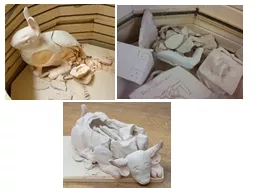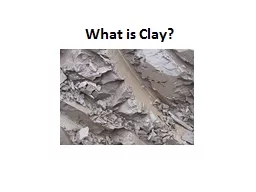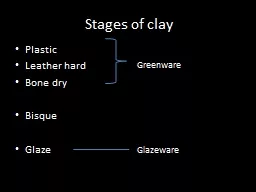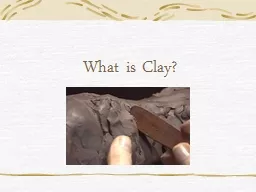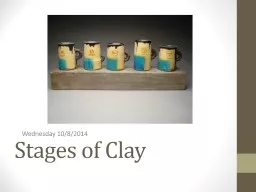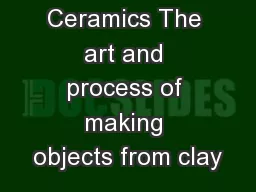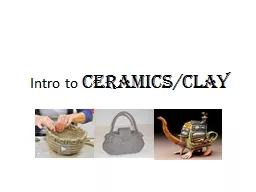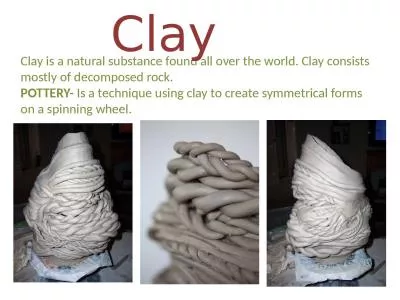PPT-Prepping Clay:
Author : lindy-dunigan | Published Date : 2016-07-06
WEDGING Wedging a way of improving the workability of clay by reforming the mixture to make it homogeneous and even in texture while eliminating air bubbles Wedging
Presentation Embed Code
Download Presentation
Download Presentation The PPT/PDF document "Prepping Clay:" is the property of its rightful owner. Permission is granted to download and print the materials on this website for personal, non-commercial use only, and to display it on your personal computer provided you do not modify the materials and that you retain all copyright notices contained in the materials. By downloading content from our website, you accept the terms of this agreement.
Prepping Clay:: Transcript
Download Rules Of Document
"Prepping Clay:"The content belongs to its owner. You may download and print it for personal use, without modification, and keep all copyright notices. By downloading, you agree to these terms.
Related Documents

